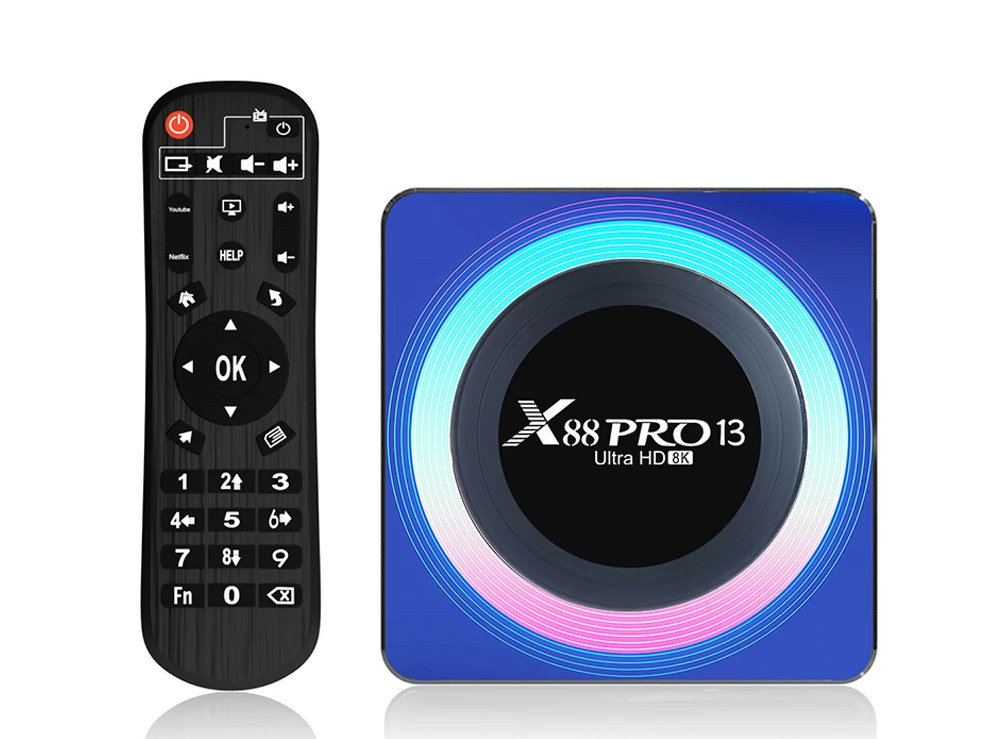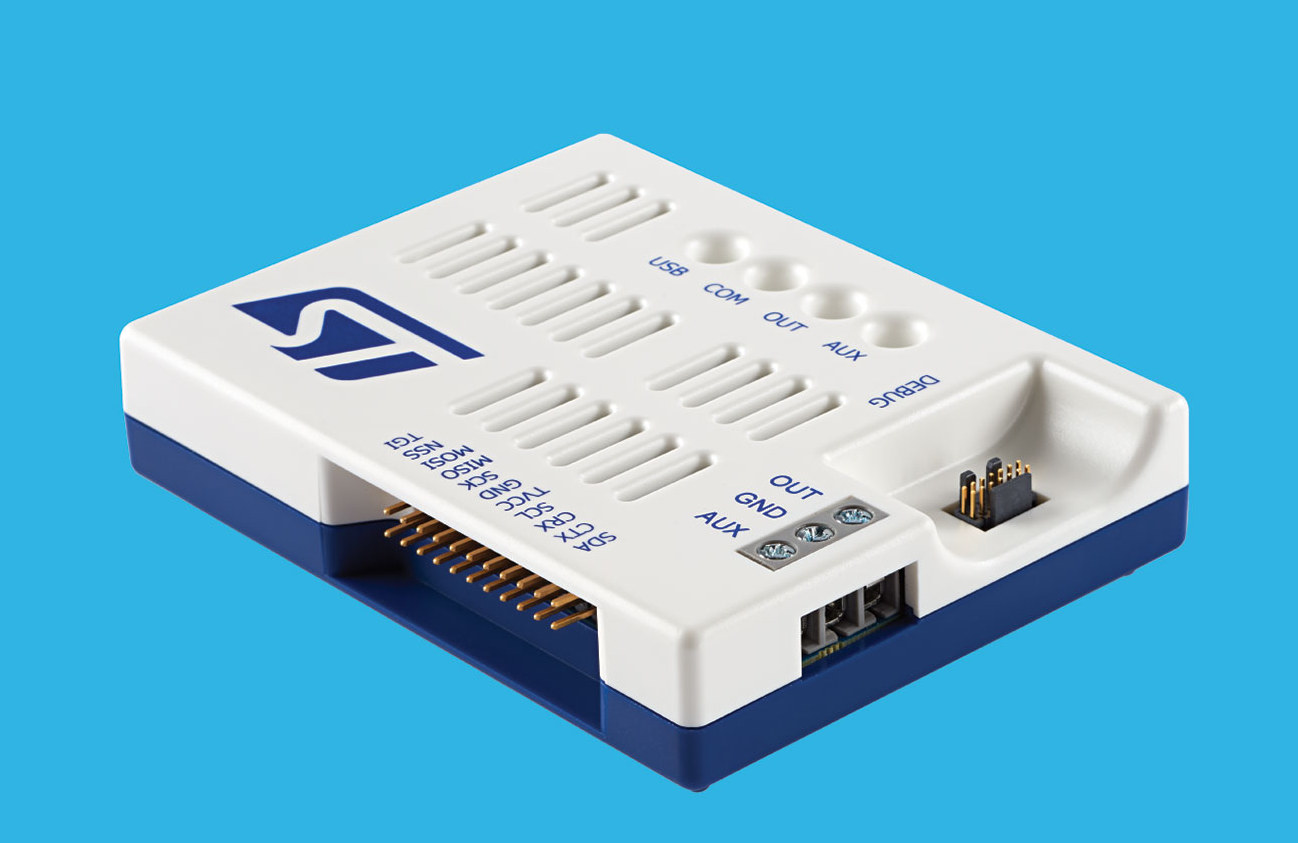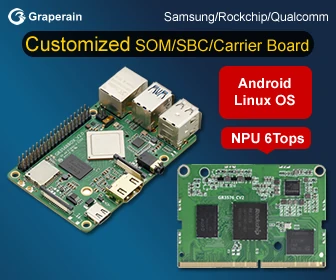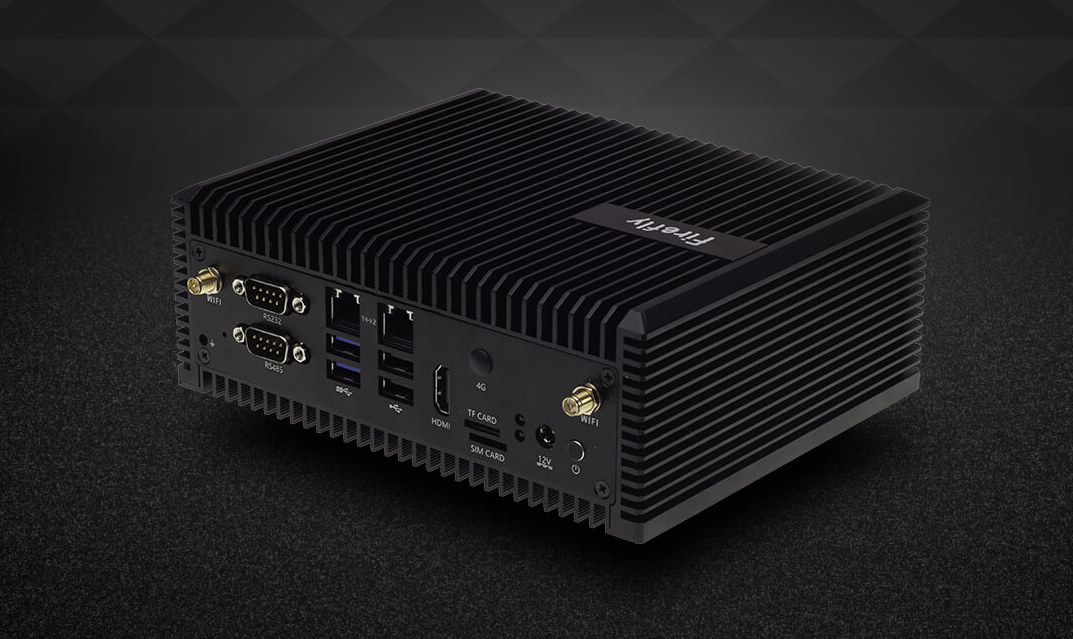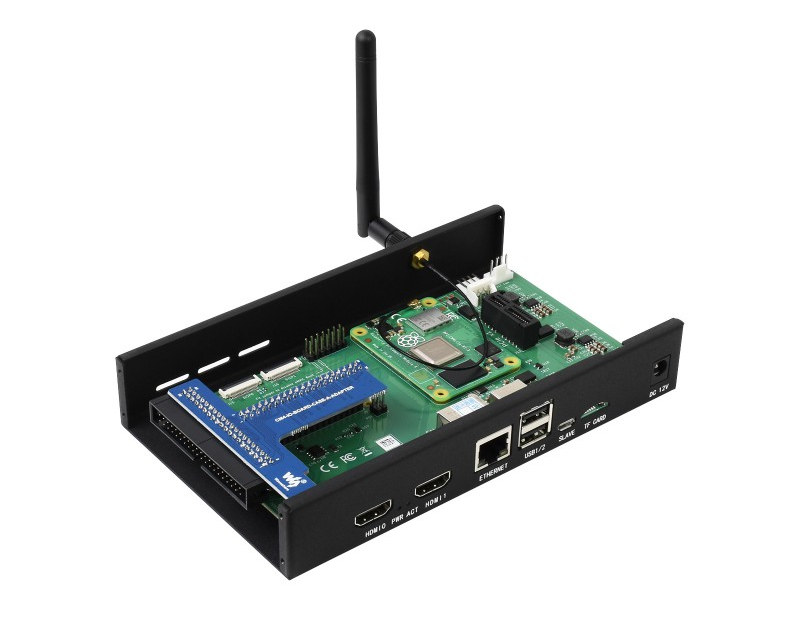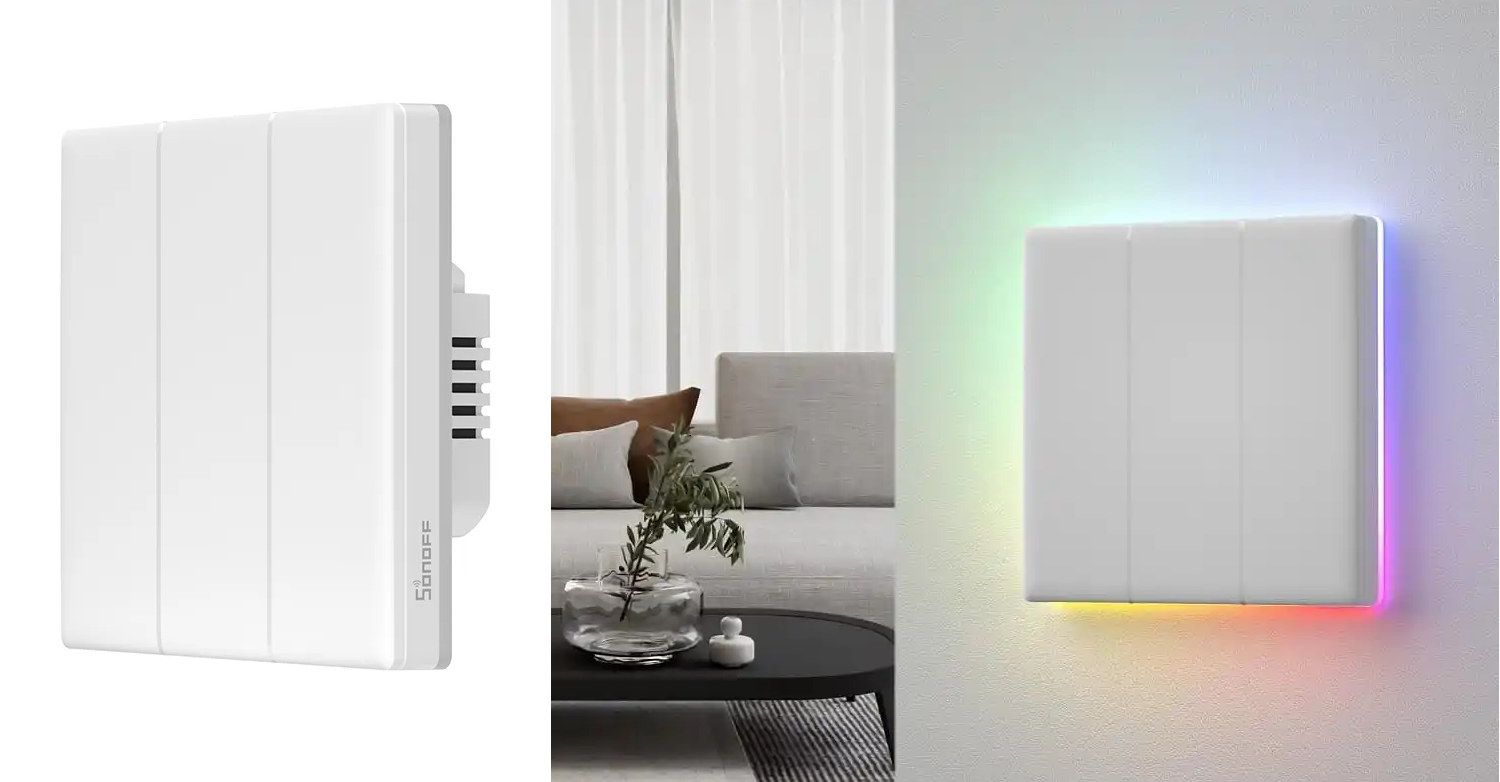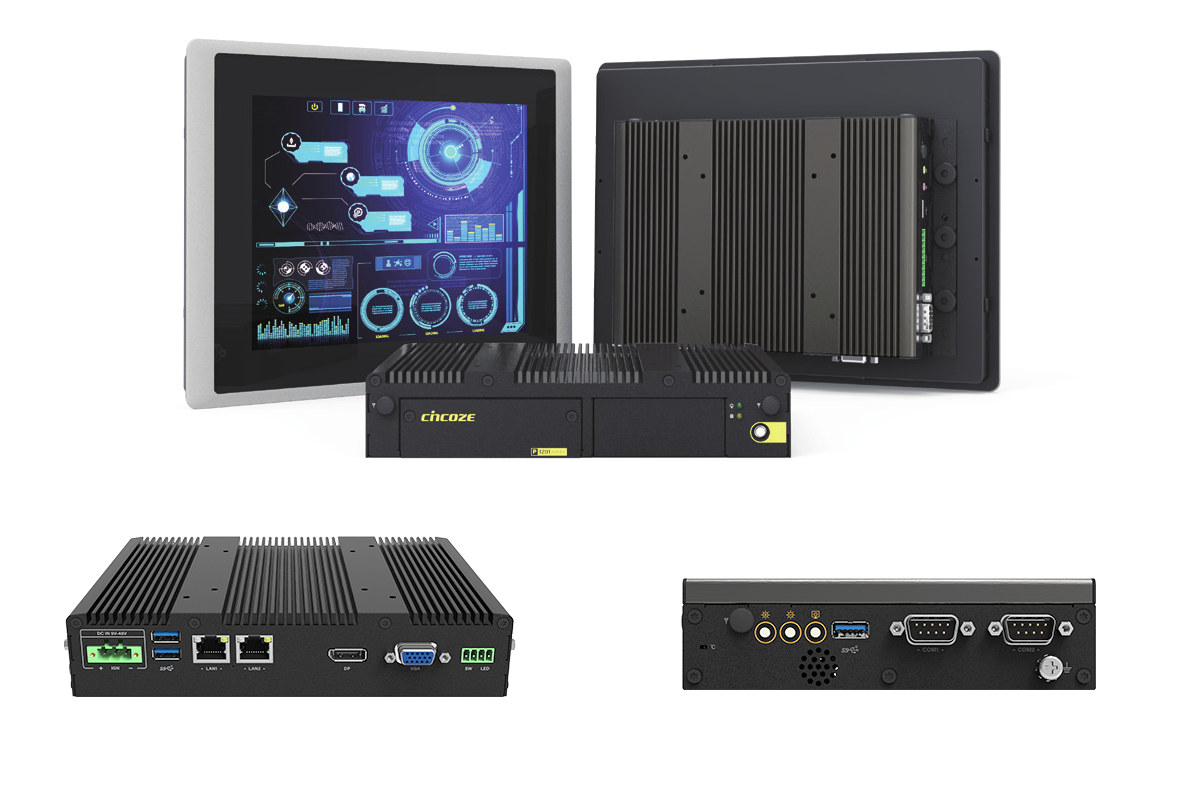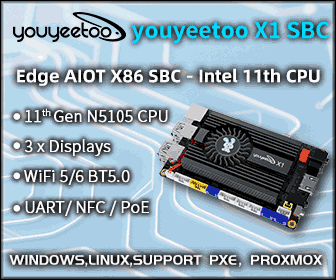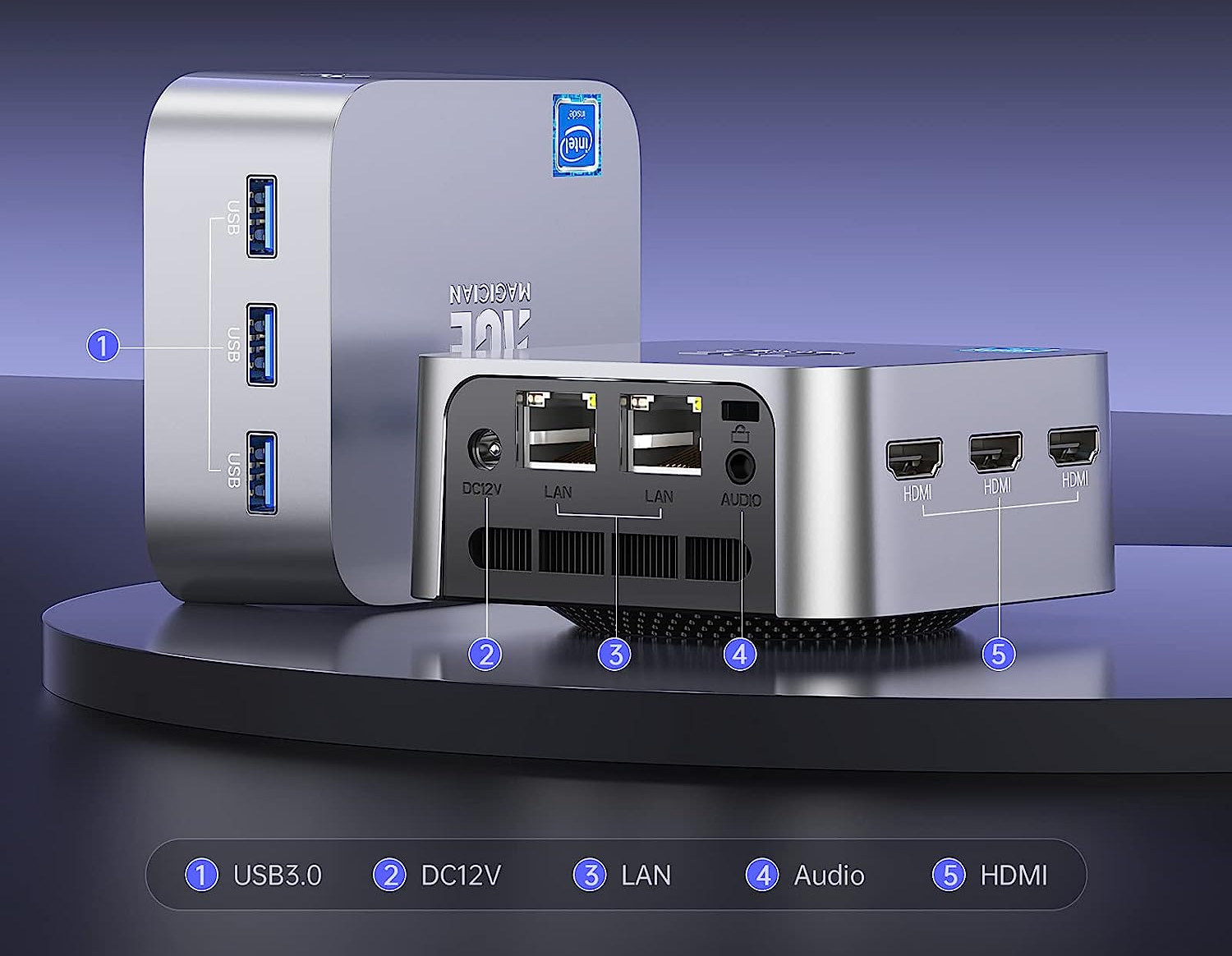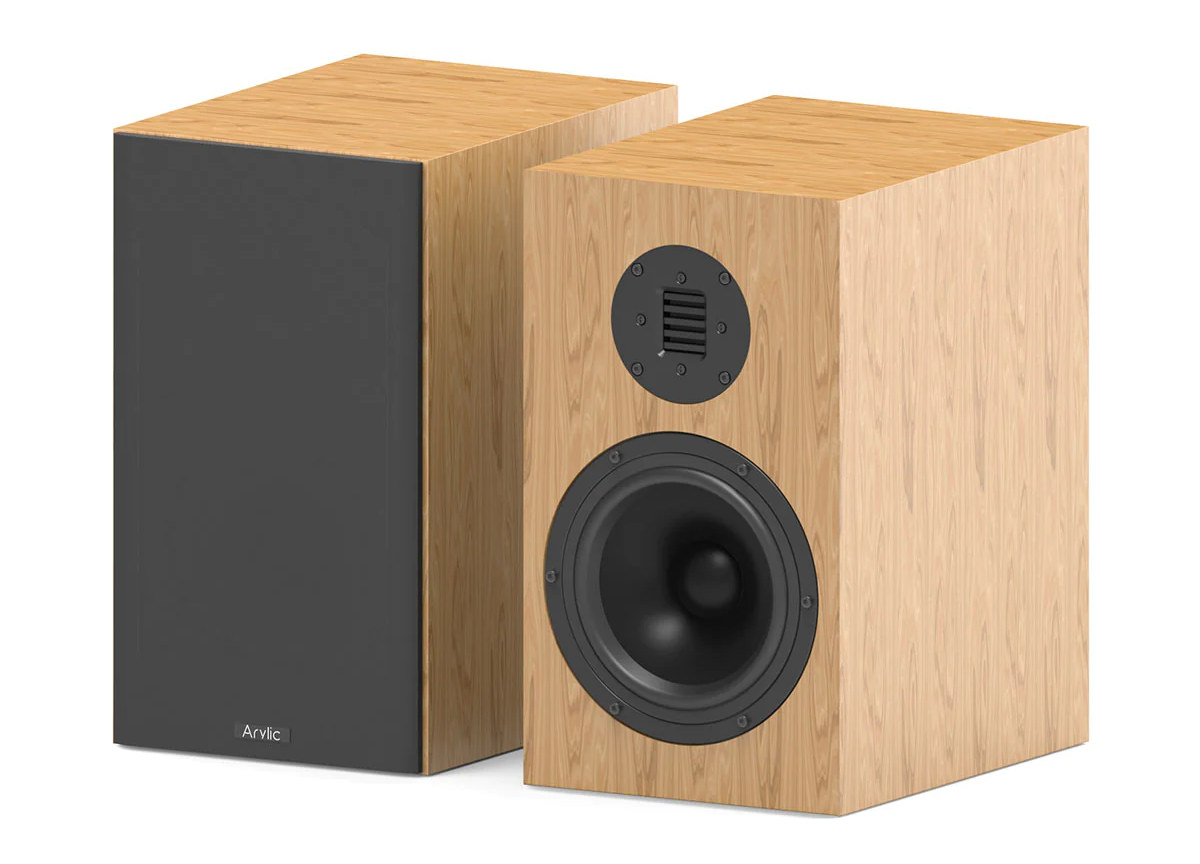Rockchip demonstrated the Rockchip RK3528 TV box SoC at Mobile World Congress 2023, and the first Android 13 TV boxes based on the processor are now showing up for sale starting with the LEMFO X88Pro 13 TV box. The device comes with up to 4GB RAM and 64GB storage, supports up to 8Kp25 video decoding, features Fast Ethernet and WiFi 6 networking, as well as a few USB ports, and possibly optical S/PDIF audio output. LEMFO X88Pro 13 (preliminary) specifications: SoC – Rockchip RK3528 CPU – Quad-core Arm Cortex-A53 processor GPU – Arm Mali-450 GPU VPU H.265/HEVC up to 8Kp25 H.264/AVC, VP9 up to 4Kp60 VP8, MPEG-1 MPEG-2, MPEG-4, VC1 up to 1080p60 System Memory / Storage configurations: 2 GB RAM and 16 GB flash 4 GB RAM and 32 GB flash 4 GB RAM and 64 GB flash A microSD card is most likely present too Video Output – […]
STMicro STLINK-V3PWR debugging & programming probe supports power measurement
STMicro STLINK-V3PWR is a new in-circuit debugging and programming probe made for STM32 microcontrollers and that is said to provide accurate power measurement. The probe is especially useful for battery power IoT and wireless applications and is able to measure current values from nanoamps up to ~500mA with up to ±0.5% accuracy. The STLINK-V3PWR can also power the target over a single USB cable up to 2A. STMicro STLINK-V3PWR key features and specifications: 1‑Quadrant source measurement unit: Programmable voltage source from 1.6 to 3.6 V Output current rating 500 mA with over-current protection (OCP) at 550 mA Programmable sampling rate from 1 SPS to 100 kSPS Dynamic measurement 100 nA to 550 mA current 160 nW to 1.65 W power measurements 50 kHz bandwidth 1.6 MHz acquisition / 2% accuracy Compatible with EEMBC ULPMark tests Auxiliary output voltage source from 1.6 to 3.6 V under up to 2 A (no current measurement, OCP at 2.5 A) Debugging of […]
SOPHON BM1684/BM1684X Edge AI computer delivers up to 32 TOPS, decodes up to 32 Full HD videos simultaneously
Firefly EC-A1684JD4 FD and EC-A1684XJD4 FD are nearly identical Edge AI embedded computers based on respectively SOPHON BM1684 and BM1684X Arm AI SoC delivering up to 32 TOPS of AI inference, and capable of decoding up to 32 H.265/H.264 Full HD videos simultaneously for video analytics applications. The BM1684(X) SoCs are equipped with eight Cortex-A53 cores clocked at 2.3 GHz to run Linux, and the systems come with up to 16GB RAM, 128GB flash, two Gigabit Ethernet ports to receive the video streams, one HDMI output up to 1080p30 for monitoring, as well as RS232 and RS485 DB9 connectors, and a few USB ports. Firefly EC-A1684JD4 FD and EC-A1684XJD4 FD specifications: SoC – SOPHGO SOPHON BM1684/BM1684X CPU – Octa-core Arm Cortex-A53 processor @ up to 2.3GHz TPU BM1684 64 NPU arithmetic units with each NPU containing 16 EU arithmetic units, or 1,024 EU in total Up to 17.6 TOPS (INT8), […]
Metal enclosures for the Raspberry Pi Compute Module 4 IO board
I was informed about the “CM4 IO Computer” based on the official Raspberry Pi Compute Module 4 IO board housing in a metal enclosure along with the Raspberry Pi CM4 module. I initially thought it was new, but it’s been out at least since 2021. Nevertheless, it turns out there are at least two of this type of metal enclosures for the CM4 IO board, and when buying full systems, they may provide a way to source Raspberry Pi CM4 system-on-modules since individual modules are so hard to purchase if you are not a company with some minimum monthly production volume. As a development platform, the Raspberry Pi Compute Module 4 IO board is not optimized for cost or size, but there’s apparently enough demand that at least two companies – EDATEC and Waveshare – decided to make metal enclosures for them. EDATEC metal enclosure for the Compute Module 4 […]
SONOFF TX Ultimate “T5” smart touch wall switch support gestures, custom covers
SONOFF TX Ultimate smart touch wall switch, also known as the SONOFF T5, is another wireless switch from the company with up to 3 gangs, RGB color edge lights around the 86x86mm switch, as well as support for gestures and custom covers. Gestures like swipe left or right are possible because the full area of the SONOFF T5 switch acts as a touch sensor, and the RGB LEDs around the device enable ambient lights in the room at night. The switch can also provide haptic feedback to the user during use with a built-in speaker and vibration motor. SONOFF TX Ultimate specifications: Model numbers – T5-1C-86, T5-2C-86, T5-3C-86 depending on the number of buttons Wireless – 2.4 GHz Wi-Fi Input and Output power 1-gang: 100-240V~50/60 Hz up to 5A 2-gang: 100-240V~50/60Hz up to 10A (5A per gang max) 3-gang: 100-240V-50/60 Hz up to 15A (5A per gang max) Dimensions – […]
Cincoze P1201 – A slim Atom x6000E Elkhart Lake PC for embedded and panel PC applications with a CDS connector
Cincoze P1201 is a slim embedded computer based on an Atom x6000E Elkhart Lake processor and mostly designed for panel PC applications thanks to the company’s patented CDS (Convertible Display System) connector that allows the mini PC to slide into the back of a display for easy installation. Equipped with up to 32GB RAM, SATA and/or mSATA storage, the P1201 can also be used for generic embedded and industrial applications thanks to DisplayPort and VGA video interfaces, two Gigabit Ethernet ports, optional wireless modules for WiFi, Bluetooth, and cellular, terminal blocks for RS232, RS485, and digital I/Os, as well as support for a wide supply voltage up 48V, and a -40°C to 70°C operating temperature range. Cincoze P1201 specifications: Elkhart Lake SoC (one or the other) Intel Atom x6425E quad-core processor @ 2.00 GHz / 3.0 GHz with 1.5MB cache, 32 EU UHD graphics; 12W TDP Intel Atom x6211E dual-core […]
ACEMAGICIAN T8PLUS – Processor N95 mini PC comes with three HDMI ports, dual GbE
ACEMAGICIAN T8PLUS is an ultra-compact mini PC based on the latest Intel Processor N95 “Alder Lake N-Series” processor with three HDMI video outputs and dual gigabit Ethernet ports. The 8.9 x 8.9 x 4.3cm computer ships with 8GB LPDDR5 memory, a 256GB M.2 NVMe SSD, and is also equipped with three USB 3.0 ports, a WiFi 5 and Bluetooth 4.2 wireless module, and a 3.5mm audio jack, plus a Kensington lock slot. ACEMAGICIAN T8PLUS specifications: SoC – Intel Processor N95 quad-core Alder Lake-N processor @ up to 3.4 GHz (Turbo) with 6MB cache, 16EU Intel HD graphics @ 1.2 GHz; TDP: 15W System Memory – 8GB LPDDR5 @ 4800MHz Storage – 256GB M.2 NVMe SSD Video Output – 3x HDMI 2.0b ports up to 4Kp60; triple independent display support Audio – 3.5mm audio jack, digital audio output via HDMI ports Networking 2x Gigabit Ethernet RJ45 ports Wi-Fi 5 and […]
Arylic BK501/651 bookshelf speakers integrate high-end AMT tweeters (Sponsored)
Arylic is better known for its connected audio devices such as the Arylic A50+ wireless amplifier or S50 Pro+ wireless stereo pre-amplifier, but the company has now launched its first passive speakers with the Arylic BK501 and BK651 bookshelf speakers that integrate high-end Heil AMT (Air Motion Transformer) tweeters. The BK501 is a pair of 5-inch speakers with 80W peak power, while the BK651 is a pair of 6.5-inch stereo speakers delivering up to 100W peak power. The specifications table below shows how both models compare. Both speakers support Treble up to 40kHz to feel detailed treble clarity and brightness, 180° wide soundstage, feature a fiberglass mid-woofer and received FSC Environmental Certification. Both designs include an MDF (medium-density fiberboard) cabinet with 15mm thick walls for the KB501 and 18mm thick walls for the BK651. Arylic says the Heil AMT tweeter found in its speakers uses a folded Kapton ribbon diaphragm […]


